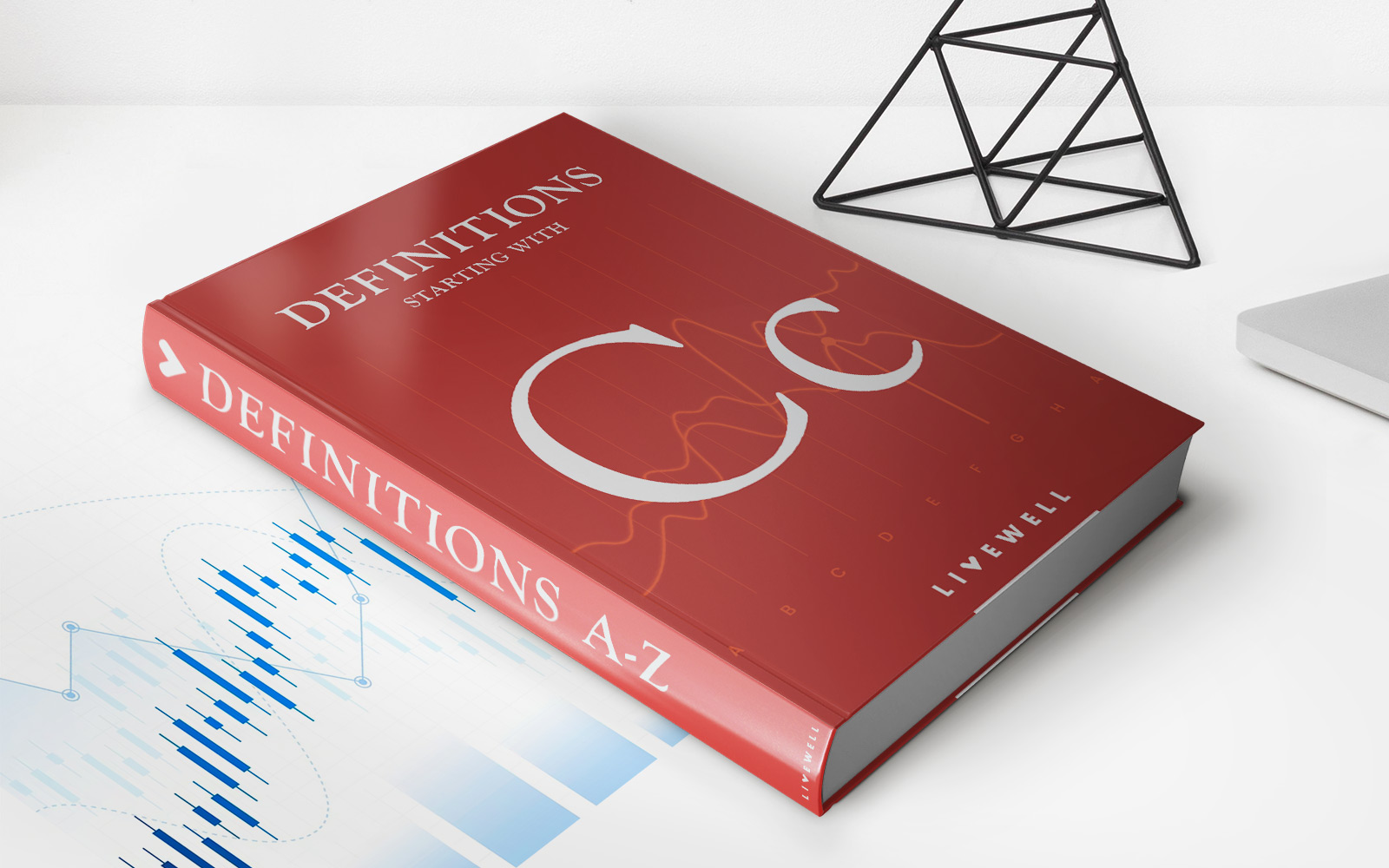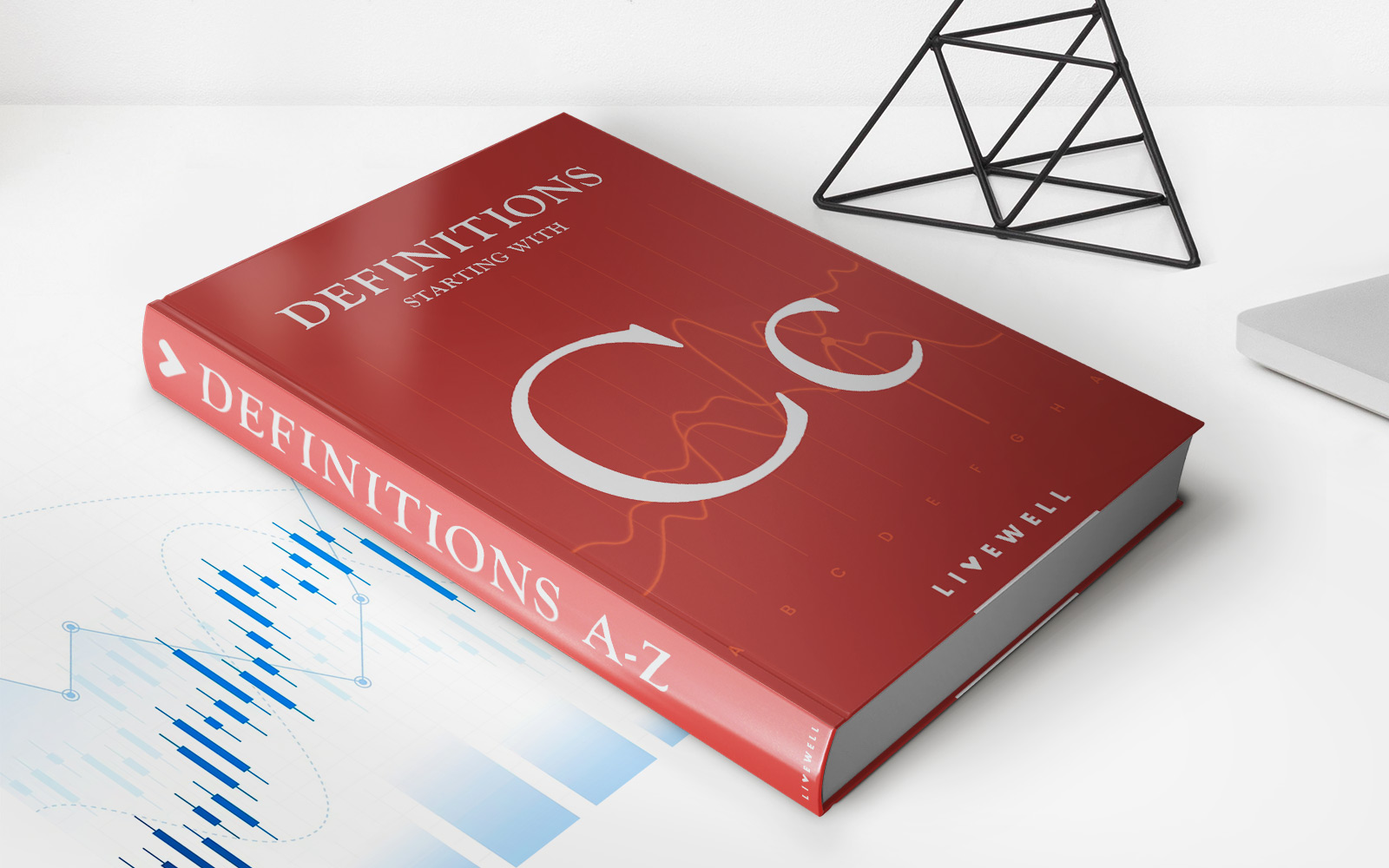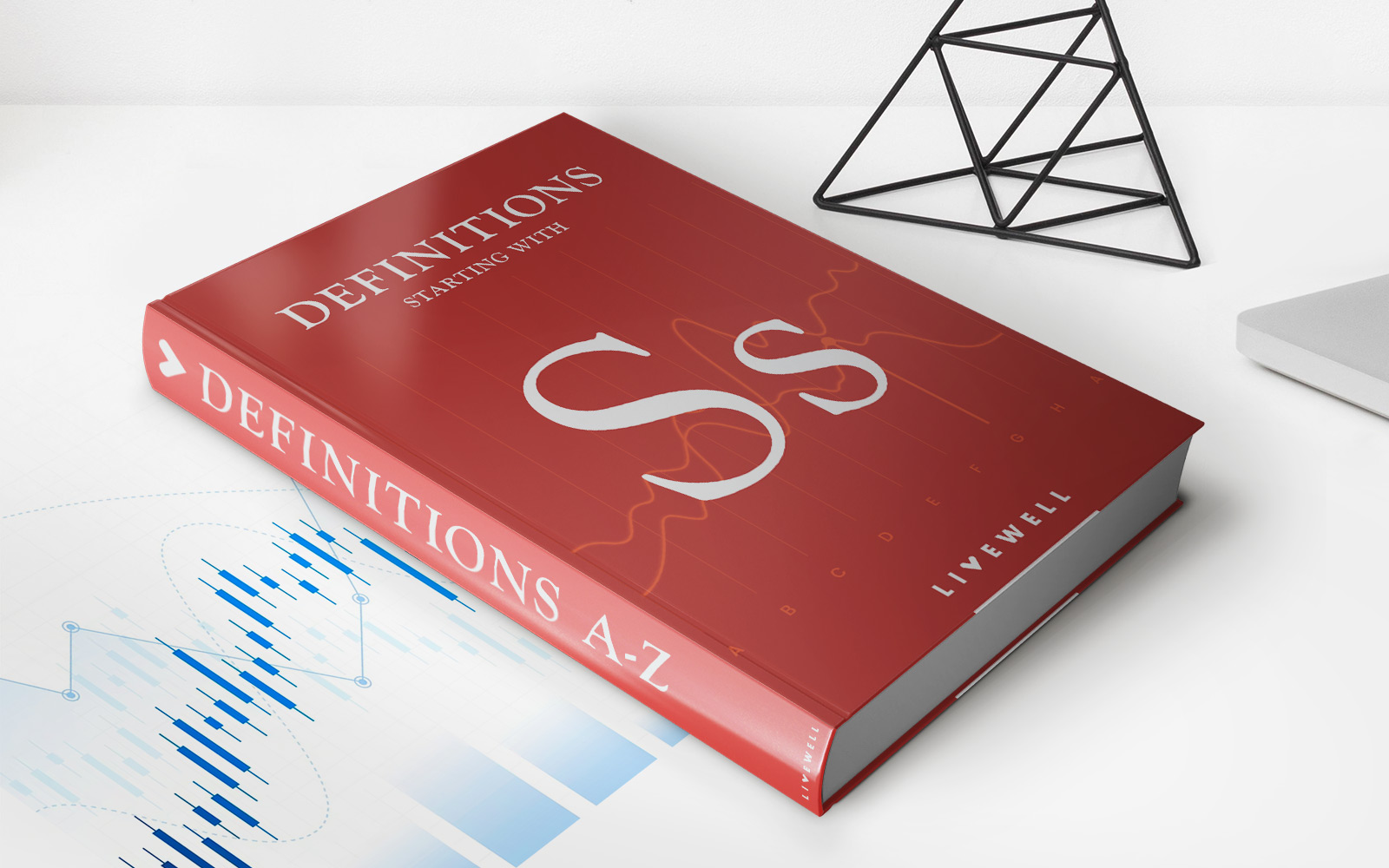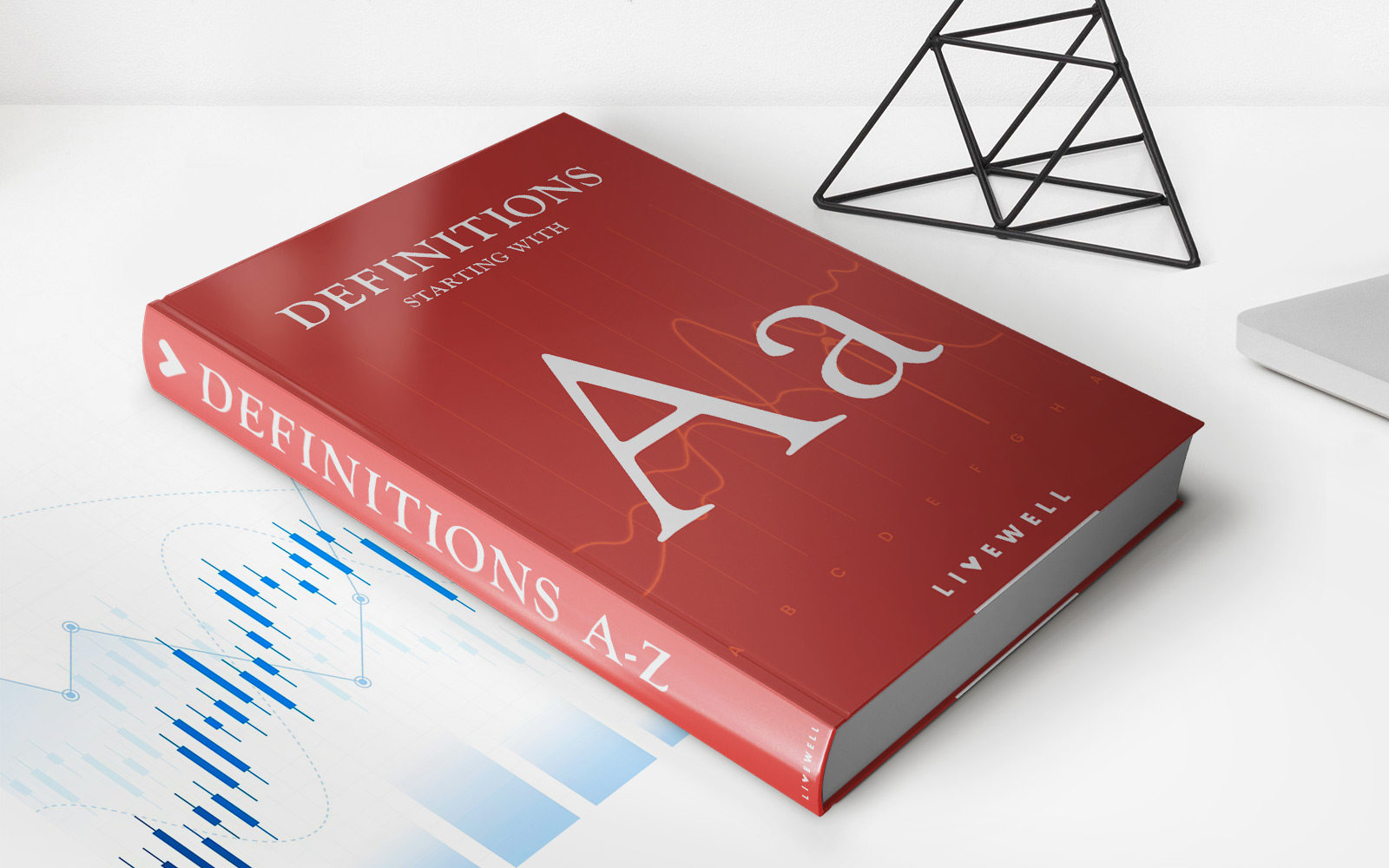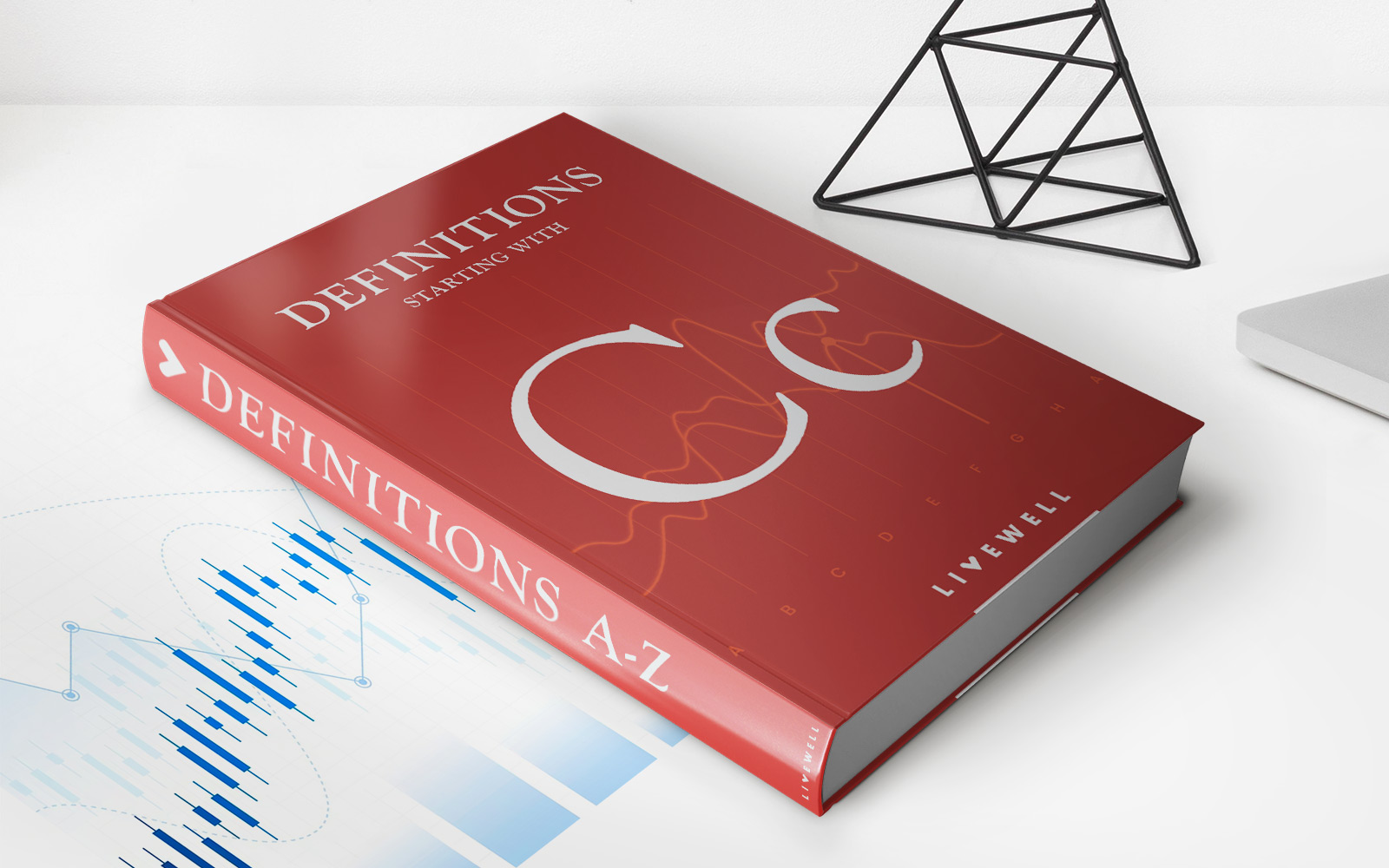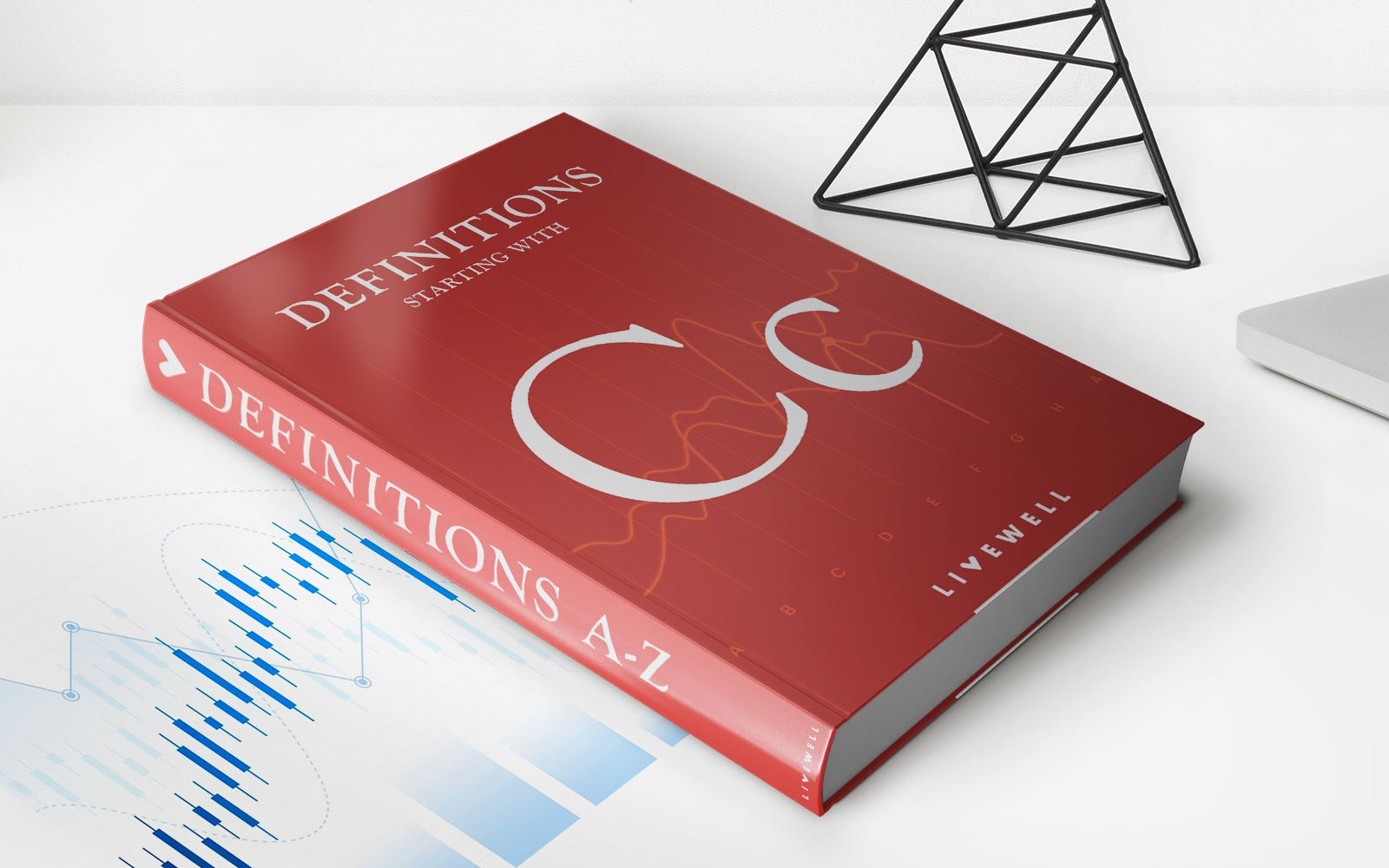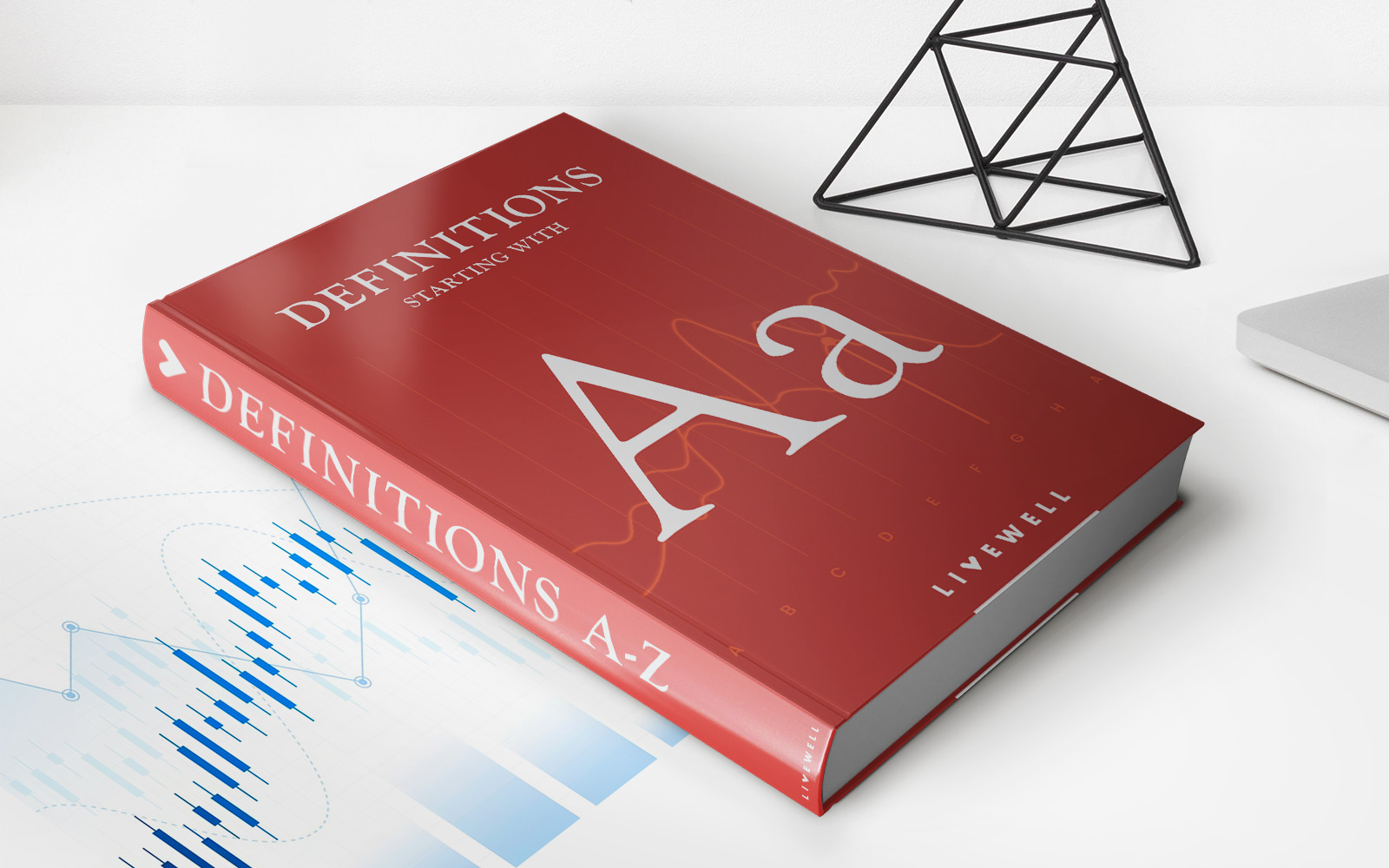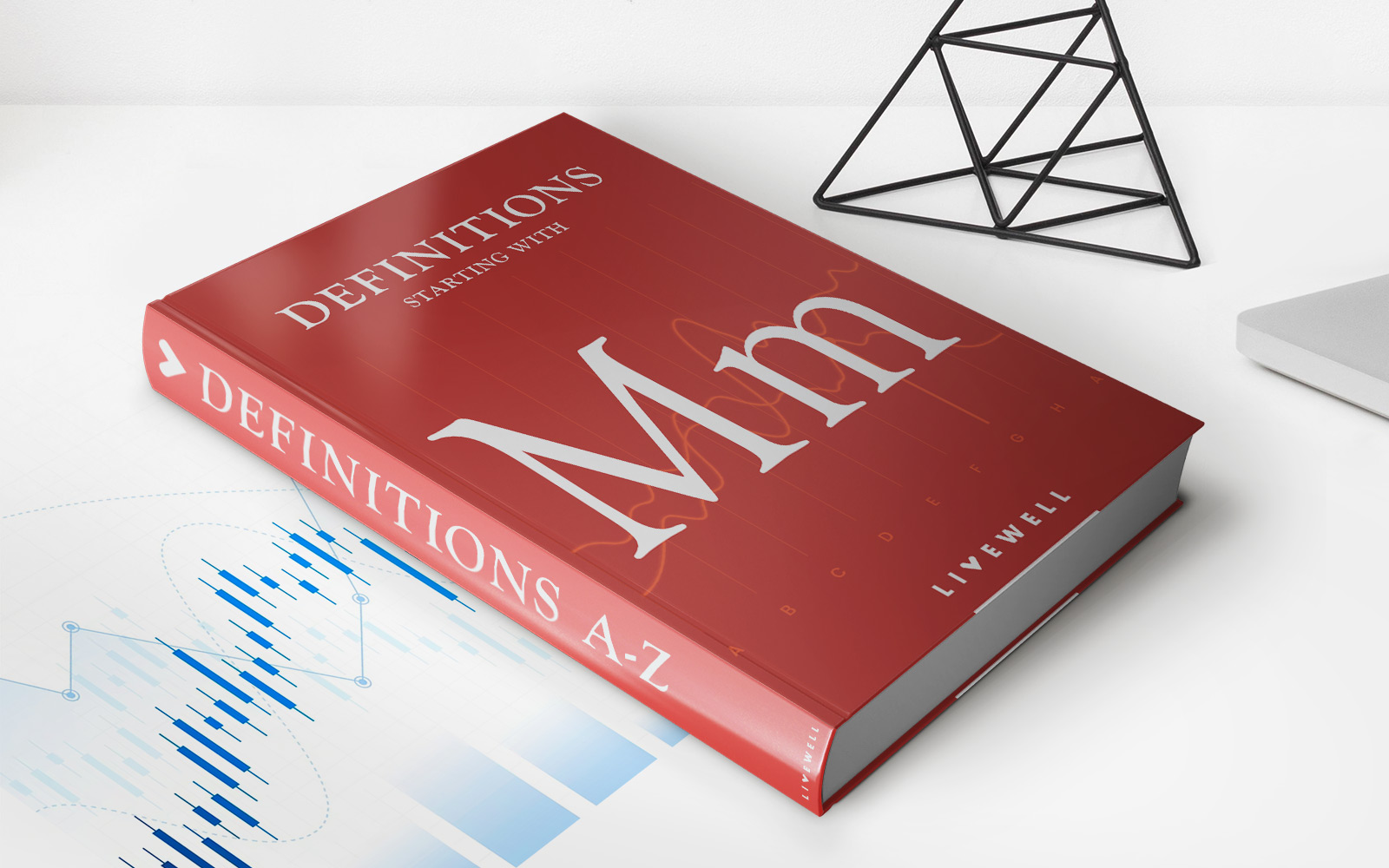

Finance
Means Test: Definition, How It Works, Examples
Published: December 24, 2023
Learn the Definition, How It Works, and See Examples of Finance Means Test, a Crucial Aspect of Personal Finance Management.
(Many of the links in this article redirect to a specific reviewed product. Your purchase of these products through affiliate links helps to generate commission for LiveWell, at no extra cost. Learn more)
Means Test: Definition, How It Works, Examples
When it comes to managing your finances, understanding key terms and concepts is crucial. One such concept that often comes up in the world of finance is the means test. But what exactly is a means test and how does it work? In this blog post, we will delve into the definition of a means test, explain how it works, and provide a few examples to help you better comprehend this important financial tool.
Key Takeaways:
- A means test is a financial evaluation tool used to determine a person’s eligibility for certain benefits, assistance programs, or financial relief.
- It involves assessing an individual’s income, assets, and expenses to determine if they fall within specified criteria.
What is a Means Test?
A means test is a standardized financial evaluation tool used to determine whether an individual or household qualifies for benefits, assistance programs, or financial relief. It is typically employed by government agencies, courts, and other institutions to ensure that limited resources are allocated to those who truly need them.
The means test often involves assessing various financial factors, such as income, assets, and expenses. By analyzing these components, the test determines whether an individual’s financial situation meets the set criteria for receiving the desired benefits or assistance.
How Does a Means Test Work?
The specific requirements and calculations involved in a means test can vary depending on the program or institution conducting it. However, the general process typically consists of the following steps:
- Gathering Financial Information: The individual completes a form or provides documentation containing information about their income, assets, and expenses.
- Calculating Disposable Income: The means test considers a person’s disposable income, which is their total income minus allowable expenses. These expenses may include mortgage or rent payments, medical expenses, and childcare costs, among others.
- Comparing to Set Criteria: The calculated disposable income is then compared to predefined income thresholds or criteria established by the program or institution. If the individual’s income falls below the threshold, they may qualify for the benefits or assistance being assessed.
It’s important to note that different programs may have different income thresholds, allowable expenses, and additional requirements to consider during the means test. Therefore, it is essential to review the specific guidelines associated with the program or assistance being sought.
Examples of Means Test
To provide some clarity regarding means tests, here are a few examples of their applications:
- Bankruptcy Means Test: When filing for bankruptcy, individuals or businesses are required to undergo a means test to determine their eligibility for Chapter 7 bankruptcy. This test assesses their income and disposable income relative to the median income in their state.
- Student Financial Aid Means Test: When applying for financial aid for higher education, students and their families may be required to complete a means test to assess their eligibility. This test evaluates their income and financial resources to determine the amount of aid they qualify for.
- Social Security Means Test: Some government programs like Supplemental Security Income (SSI) use a means test to determine an individual’s eligibility for benefits. This test considers income, assets, and resources to ensure assistance goes to those with limited financial means.
These examples showcase how means tests are used in different scenarios to assess eligibility for various benefits and programs. Their objective is to ensure that resources are allocated fairly and to those who genuinely require assistance.
Conclusion
A means test is an essential financial evaluation tool used to determine an individual’s eligibility for benefits, assistance programs, or financial relief. By evaluating an individual’s income, assets, and expenses, means tests help allocate resources to those who truly need them. Understanding this concept is vital for anyone navigating financial assistance programs or situations that require a means test evaluation. Remember to review the specific guidelines and requirements associated with the program or institution you are dealing with to ensure compliance and accurate assessment.
